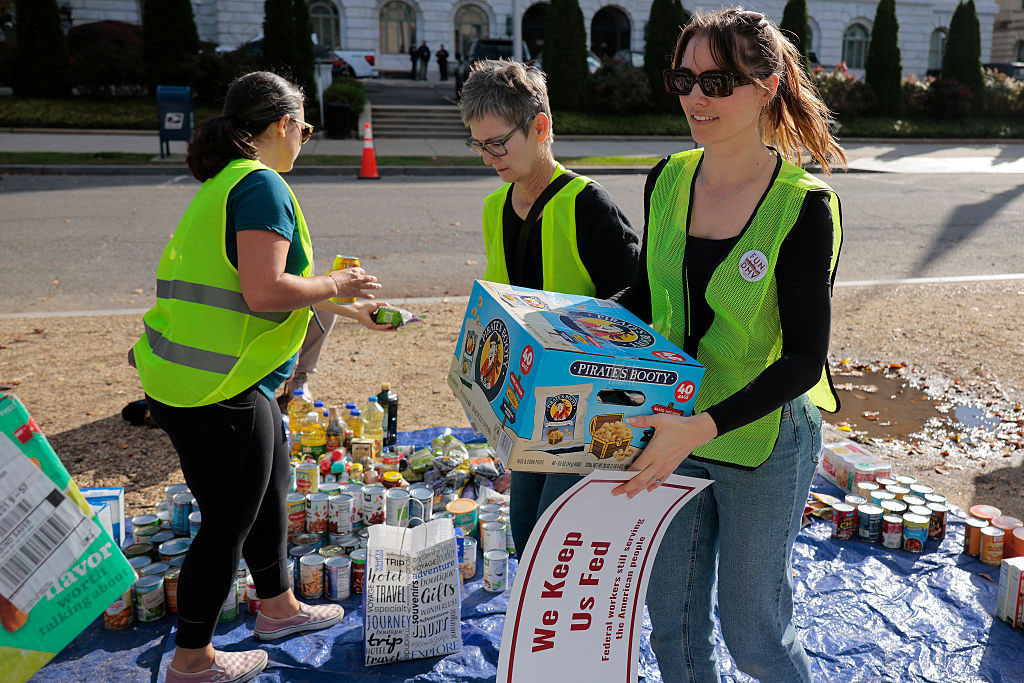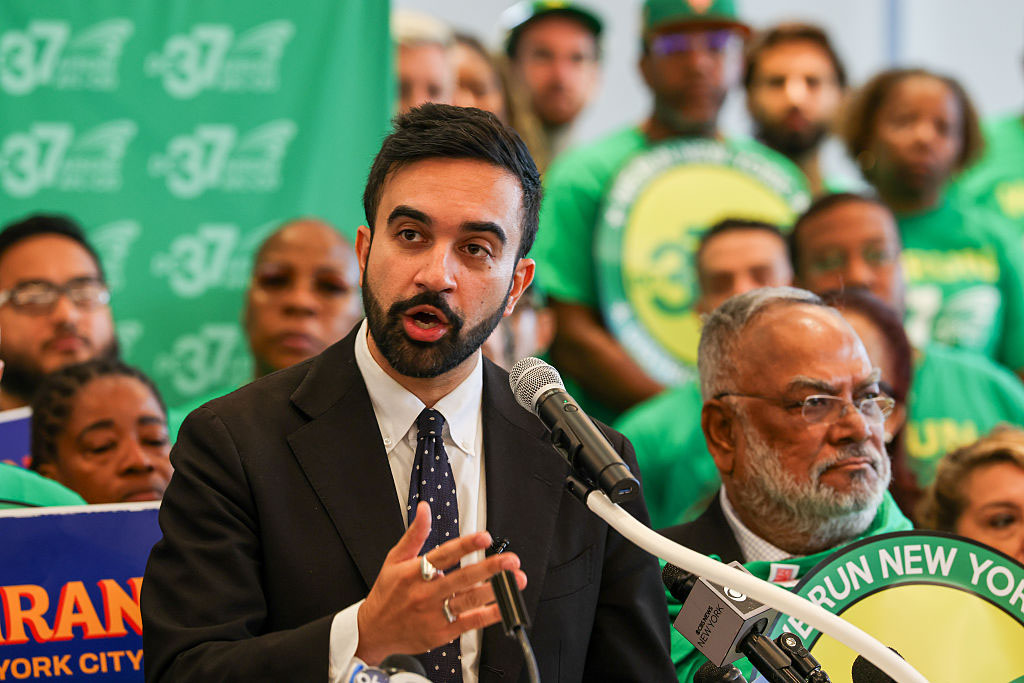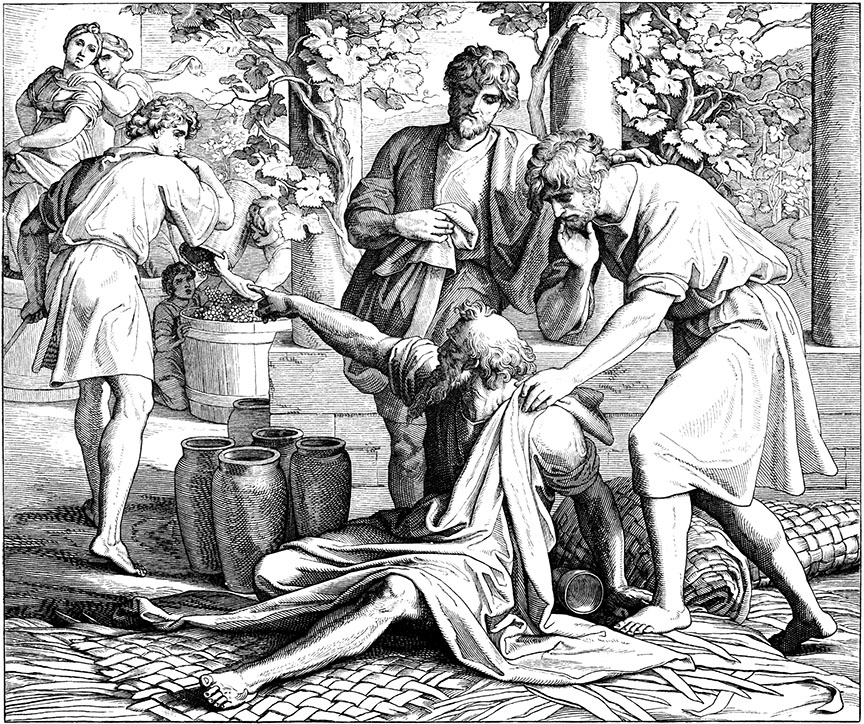Tradition holds that the greatest gifts affect the most people, often with the least attribution.
Revelers who enjoy the revitalization of downtown Los Angeles, with its theaters and concert halls, bars, restaurants and thousands of new housing units, owe deep appreciation to Ira Yellin, even if they did not have the honor of knowing him.
Ira, who passed away 10 years ago this fall at 62, was the pioneering real estate developer who first saw the potential of downtown. He mustered the resources and talents to restore some of downtown’s most famous landmarks, including the Bradbury Building, the Million Dollar Theater and the Grand Central Square. In doing so, he established the foundations from which all subsequent improvements to the Historic Core of Los Angeles have grown. Ira was also an active civic leader and patron of the arts, serving on the boards of the J. Paul Getty Trust and California Institute of the Arts, and other civic and cultural institutions. And he was a committed Jew.
As one of Ira’s former partners, I like to think that he practiced his religion through the plans he drafted, the buildings he created and the literally thousands of people who benefit every day from the changes that he achieved in our community.
Ira Yellin was born in Springfield, Mass., and raised in Los Angeles, the son of the founding rabbi of Temple Mishkon Tephilo in Venice and part of an observant family. He attended public schools in Santa Monica and the San Fernando Valley, and earned his way to Princeton, Harvard and University of California Berkeley’s Boalt Hall. Along the way, Ira challenged himself physically and mentally, showing the breadth of his civic commitment by serving in the U.S. Marine Corps. This was certainly no small feat for the relatively diminutive, highly intellectual son of a rabbi. It was also the kind of challenge to conventional thinking that Ira liked to pursue.
Ira started his career in Los Angeles in the relatively predictable and comfortable role of a corporate attorney, serving the entertainment industry on the Westside. Somewhere in the course of this work, his attention was diverted to the plight of our deteriorating downtown, and especially to the Historic Core, where Los Angeles had its birth.
Raising funds from friends and entertainment clients, Ira committed himself to the endeavor of re-establishing the glory of downtown, starting with its surviving physical landmarks. Before historic preservation and the adaptive reuse of historic structures were well known, and before our city building codes were changed to assist with these difficult projects, Ira committed his life to the restoration and reuse of some of the city’s most significant structures. This work led him into leadership roles in urban planning, developing a strategic plan for downtown Los Angeles, and a broader vision for the entire region in which a constellation of pre-eminent cultural and historic landmarks glittered in restored glory at the center of a new transportation network in the heart of the city.

Grand Central Market, part of Grand Central Square. Photo by of Dan Kacvinski
Ira was recruited to assist with the restoration of historic Union Stations in Los Angeles and San Diego. In 2000, he started his own company, with Paul Keller and me, forming Urban Partners as a vehicle for expanding his ambitions to the development of transit-served villages on the emerging Metro Rail public transit network. In this role, Ira laid the groundwork for nationally recognized “transit-oriented developments,” such as Del Mar Station in Pasadena and Wilshire/Vermont Station in Koreatown. He also won assignments to design and develop downtown headquarters for The California Endowment and the Pritzker Prize-winning masterpiece that architect Thom Mayne produced for Caltrans on a prominent site at the corner of First and Main.
Throughout his career, it was widely recognized that Ira was doing this work a decade or two “ahead of his time.” As a result, he can legitimately be recognized as the true pioneer who enabled the renaissance of our downtown.
Ira remained committed to his traditional Jewish values, which led him to a range of civic and cultural causes, including a leadership role with the American Jewish Committee. Ira and his wife, Adele, who continues to oversee Grand Central Square, raised two outstanding children: Seth, who was a successful investment banker in New York City and now is director of strategic development for a health care firm, and Jessica, who is widely recognized as the prominent chief White House correspondent for CNN.
Tragically, Ira, who was a fitness fanatic throughout his life and a paragon of health, was diagnosed with lung cancer in 2001; he died on Sept. 10, 2002. Ira’s final struggle was covered extensively by the Los Angeles Times as a paradigm of dignity and optimism.
On this, the 10th anniversary of his death, thousands appreciate the culture and vitality of our rediscovered downtown. Social contact, after all, enables our social contract, and it was Ira Yellin who brought us all together — even if we never knew the man.
Dan Rosenfeld, a founding member of Urban Partners LLC with Ira Yellin, is a senior deputy for economic development, sustainability and mobility to L.A. County Supervisor Mark Ridley-Thomas.

































